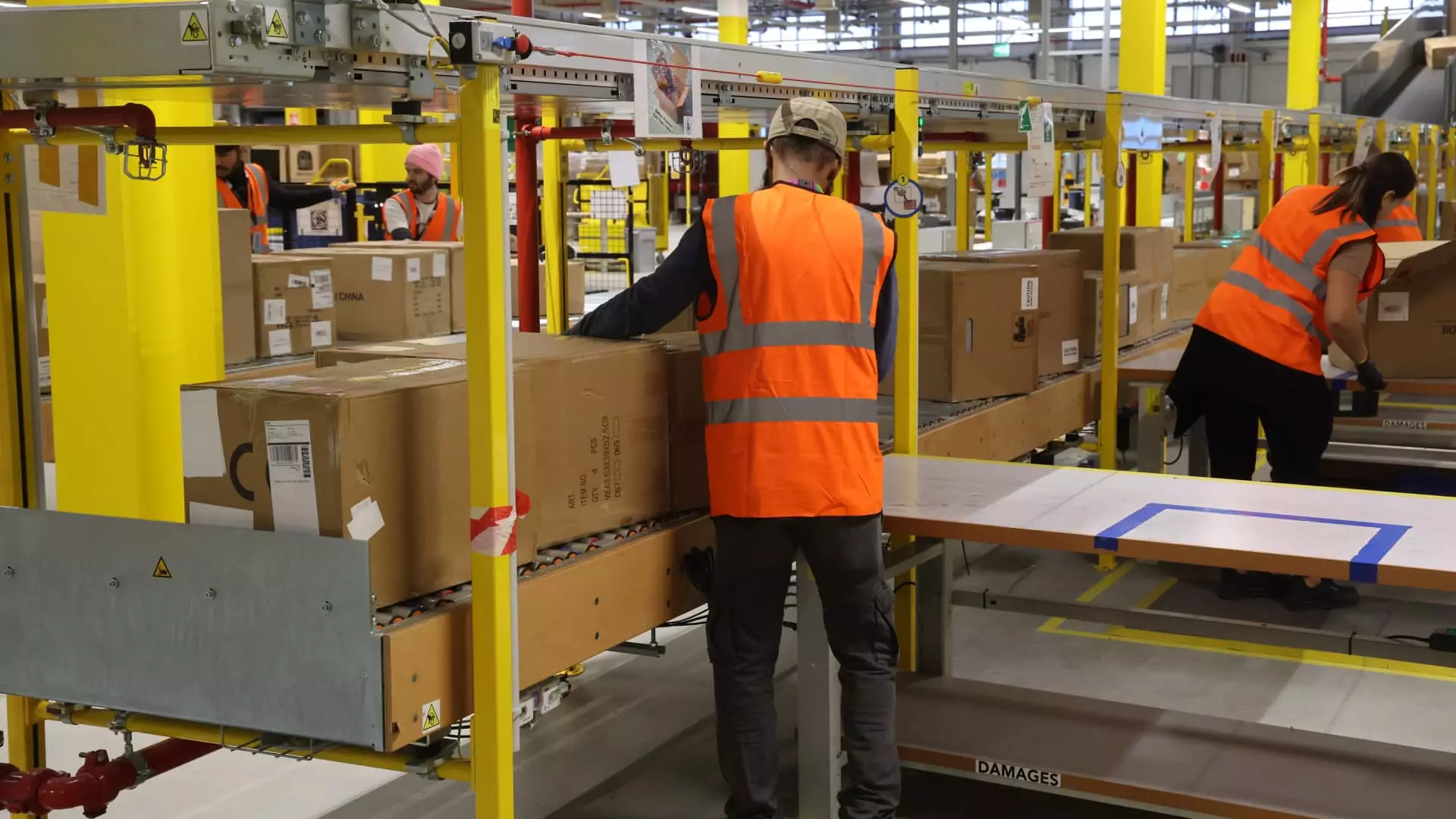Amazon’s announcement of reaching its millionth worker robot symbolizes a transformative leap in industrial automation. Widely recognized as the world’s foremost operator of mobile robotics, Amazon’s deployment across over 300 facilities worldwide signifies an unprecedented scale of technological integration in logistics. This milestone is not just a reflection of Amazon’s innovation but a testament to the strategic importance of robotics in maintaining its competitive edge in the e-commerce landscape. The deployment of such a vast fleet underscores a shift from manual labor to mechanized processes, emphasizing efficiency, precision, and speed.
The company’s introduction of the “DeepFleet” AI model further exemplifies its ambition to optimize operations at a granular level. By intelligently coordinating robot movements, Amazon claims to reduce travel time within fulfillment centers by 10%, translating into faster delivery times and cost savings. This move aligns with a broader industry trend where AI-driven systems are becoming integral to supply chain management, promising incremental gains in productivity and operational flexibility. Yet, underlying this progress lies a critical question: at what cost does this rapid automation come?
The Opportunity and the Shadow of Automation
Amazon’s narrative presents robots as complementary partners working alongside human employees, handling heavy lifting and repetitive tasks. Vice President Scott Dresser’s statements emphasize that automation liberates workers to focus on more technical, value-added roles. This optimistic framing suggests that robots are tools for empowerment rather than replacement. However, a closer examination reveals a more complex reality.
While Amazon reports increased staffing in specialized roles at its new fulfillment center, the overall trend in the tech industry portends significant job reductions. CEO Andy Jassy’s candid acknowledgment that AI automation will lead to “fewer people doing some jobs” starkly contrasts with the narrative of job creation. The reality is that as automation becomes more pervasive, especially in logistics and manufacturing, many low- and middle-skill positions are at risk of obsolescence.
The widespread layoffs across tech firms, with over 150,000 jobs eliminated last year alone, reinforce fears that AI and robotics predominantly serve as tools for cost-cutting rather than workforce augmentation. The promise of innovation risks being overshadowed by the harsh economic implications for millions of workers. This juxtaposition raises fundamental ethical and societal issues about the prioritization of efficiency over employment.
The Dilemma of Progress in the Age of AI
The widespread deployment of advanced AI and robotics by giants like Amazon feeds into a narrative where technological progress is inevitable and unstoppable. Yet, the implications for society are deeply ambivalent. On the one hand, increased automation can lead to lower prices, faster delivery, and new efficiencies that benefit consumers and shareholders. On the other hand, it intensifies income inequality and job insecurity for millions of workers who find themselves displaced or forced into lower-paid roles.
It is instructive to note that Amazon’s own investments in automation are accompanied by a nuanced approach: increased roles in specialized fields like engineering and maintenance suggest a shift in demand, not necessarily a reduction in employment across the board. Still, the overall trend points toward a future where fewer humans are required for routine tasks, thus transforming the traditional employment landscape.
Moreover, the societal narrative around automation must evolve from viewing robots solely as competitive threats to understanding how policies, education, and social safety nets can adapt. Without proactive measures, the economic gains promised by AI-driven efficiency may exacerbate social divides rather than bridge them.
The acceleration of automation in Amazon’s logistics network encapsulates the double-edged sword of technological progress. It showcases the immense potential for efficiency and growth but equally highlights the urgent need to confront the human costs associated with this shift. The promise of robots working seamlessly alongside humans can only be fully realized if society invests in retraining, education, and policies aimed at equitably distributing the benefits of AI.
As Amazon and other corporations forge ahead in automating their operations, policymakers, business leaders, and communities must grapple with the challenge of ensuring that technological advancement does not drift into neglecting the livelihoods of millions. The future of work in the age of AI will depend on how responsibly we navigate this transformation—balancing innovation with empathy, efficiency with equity.

